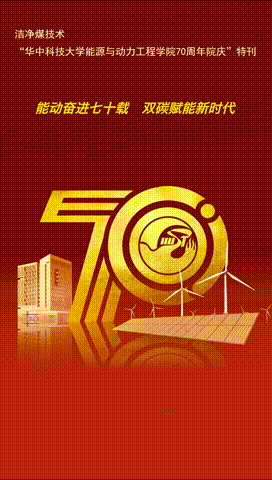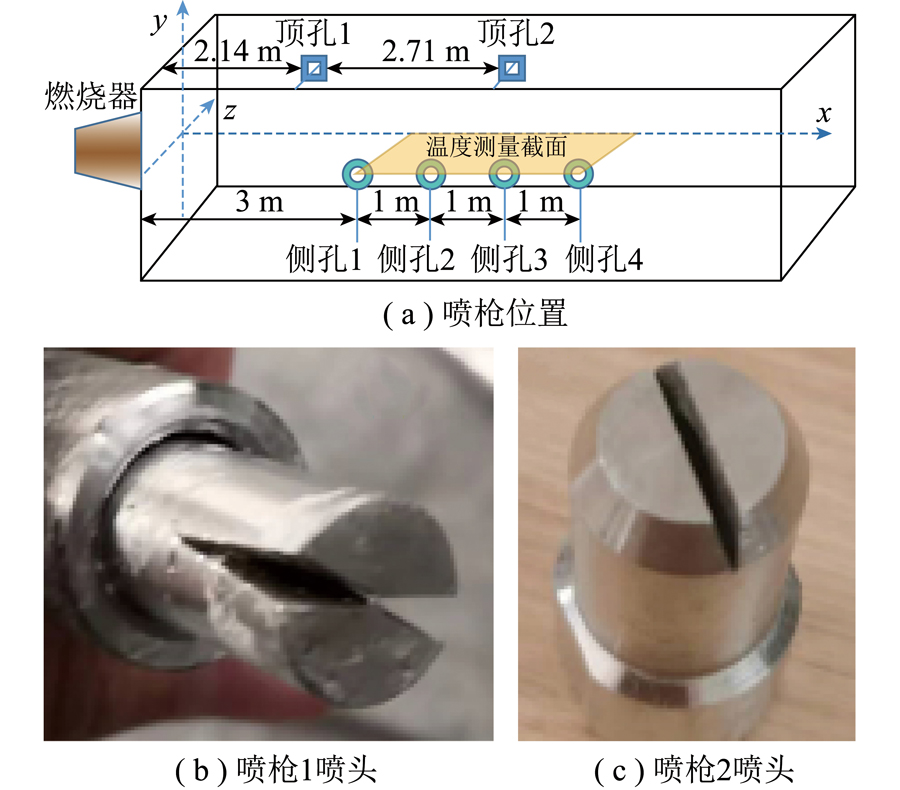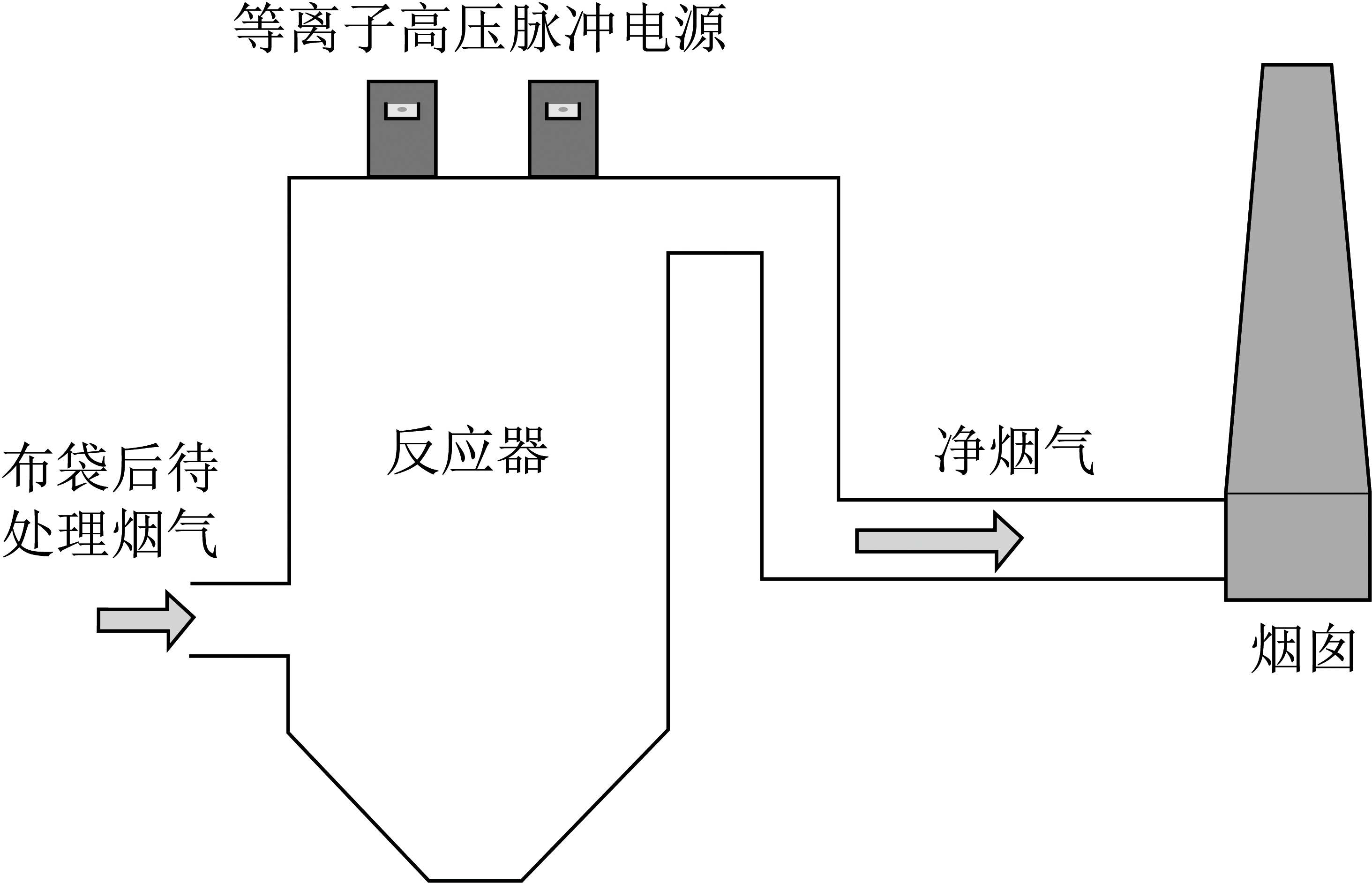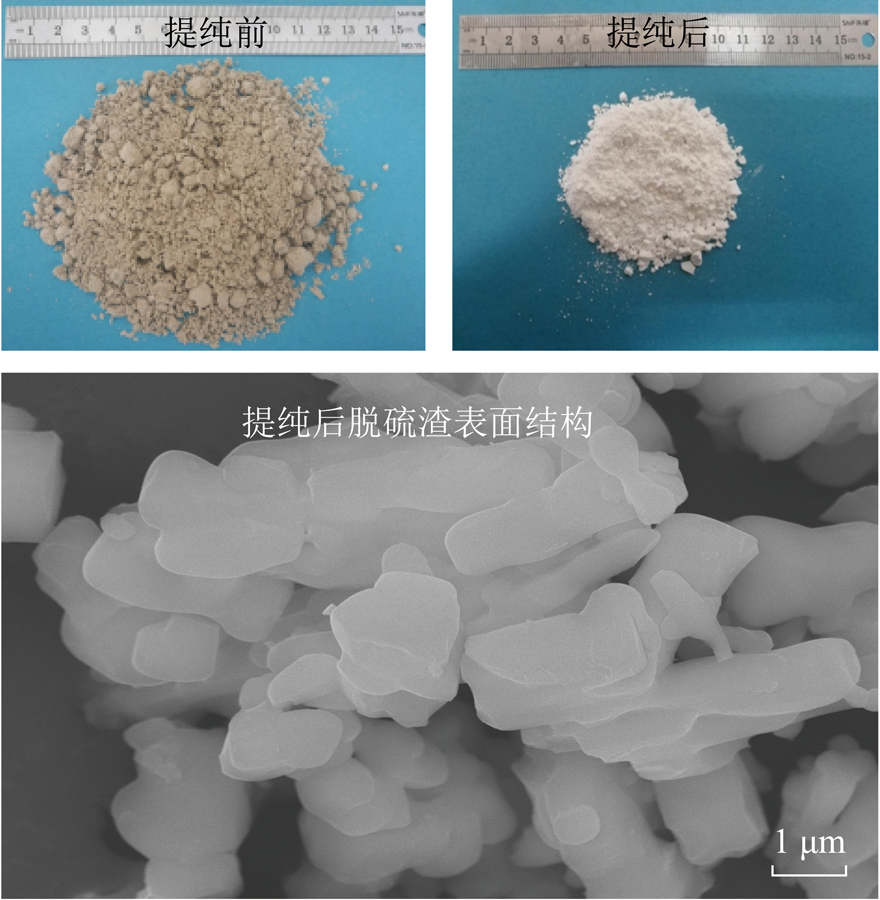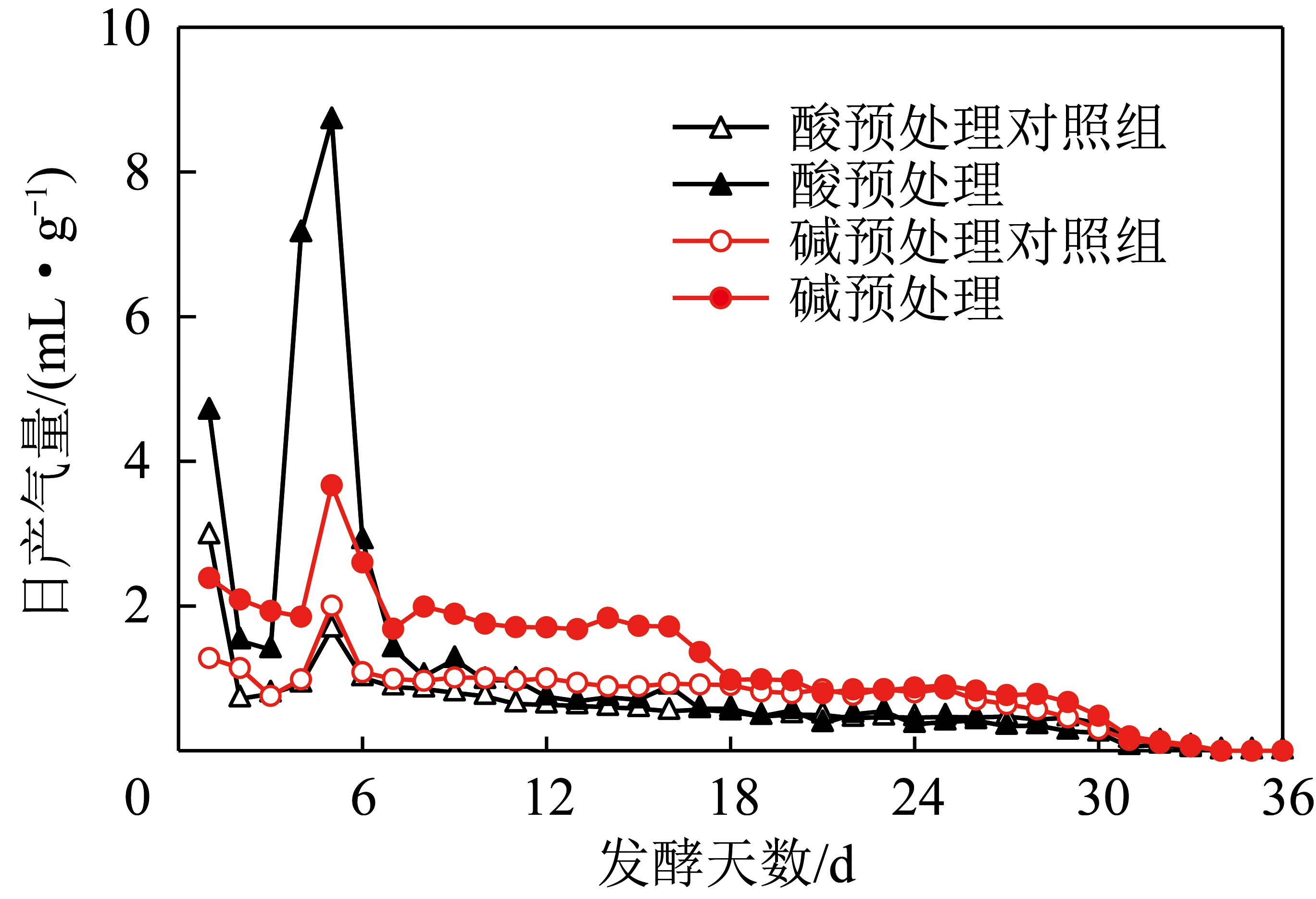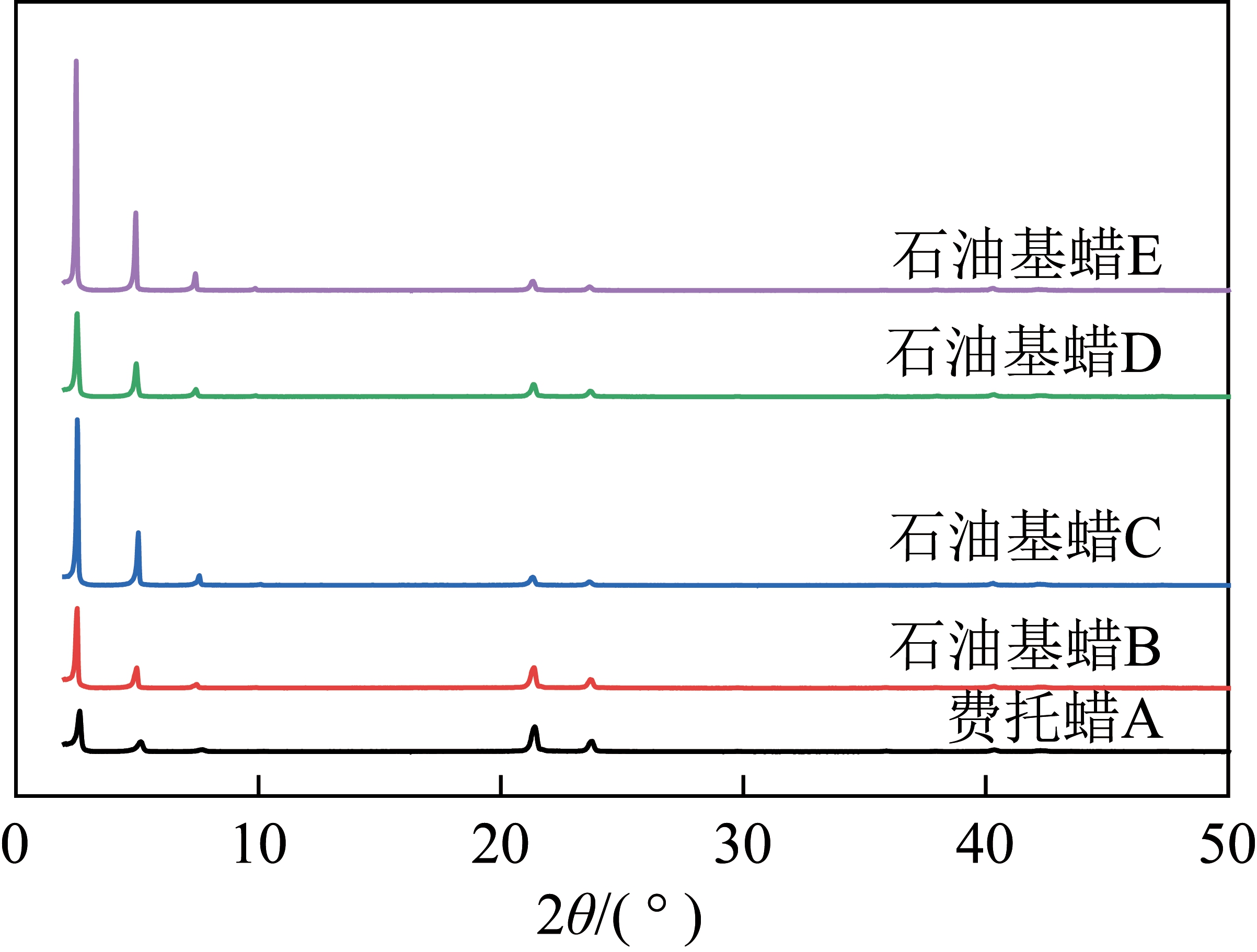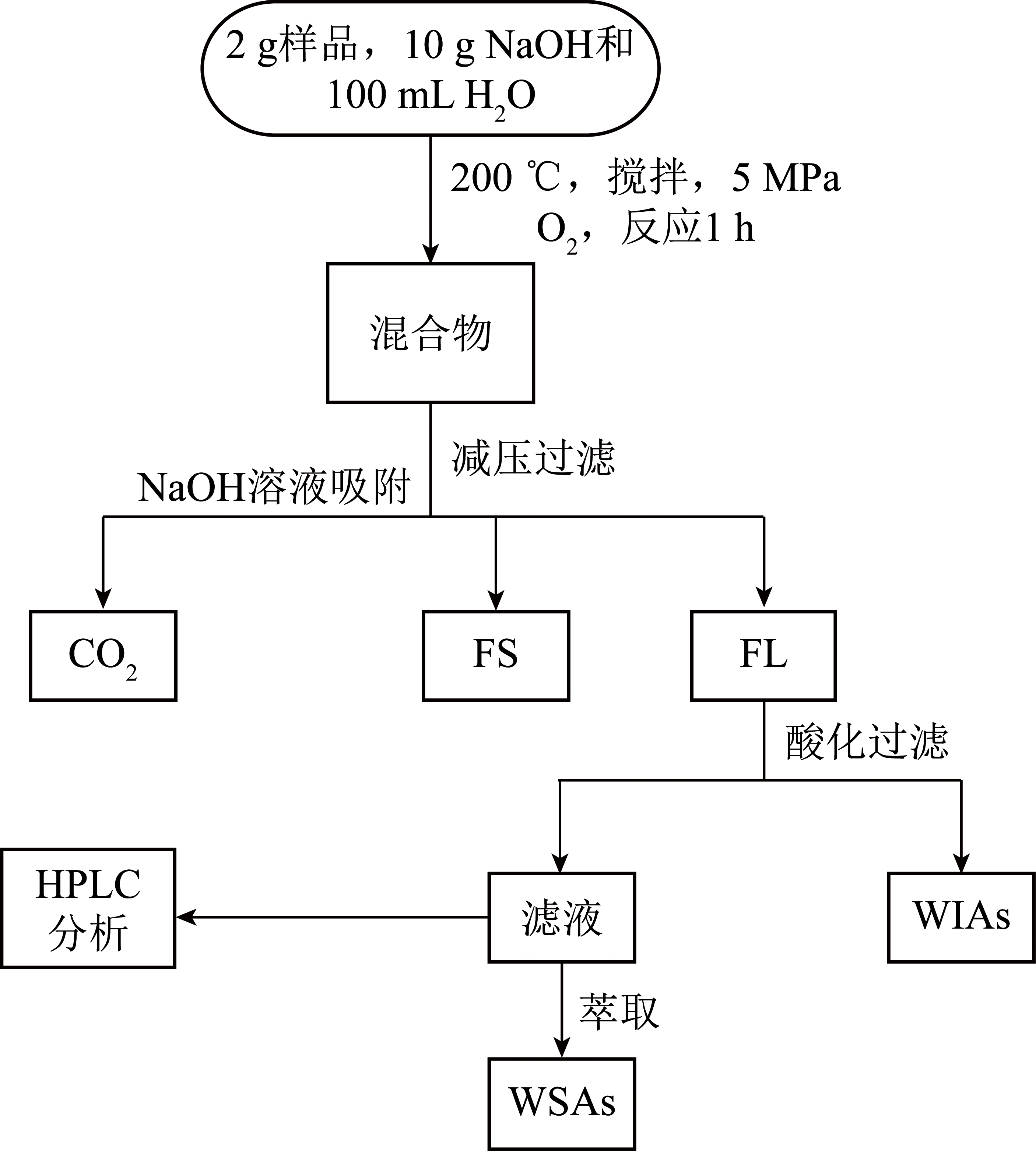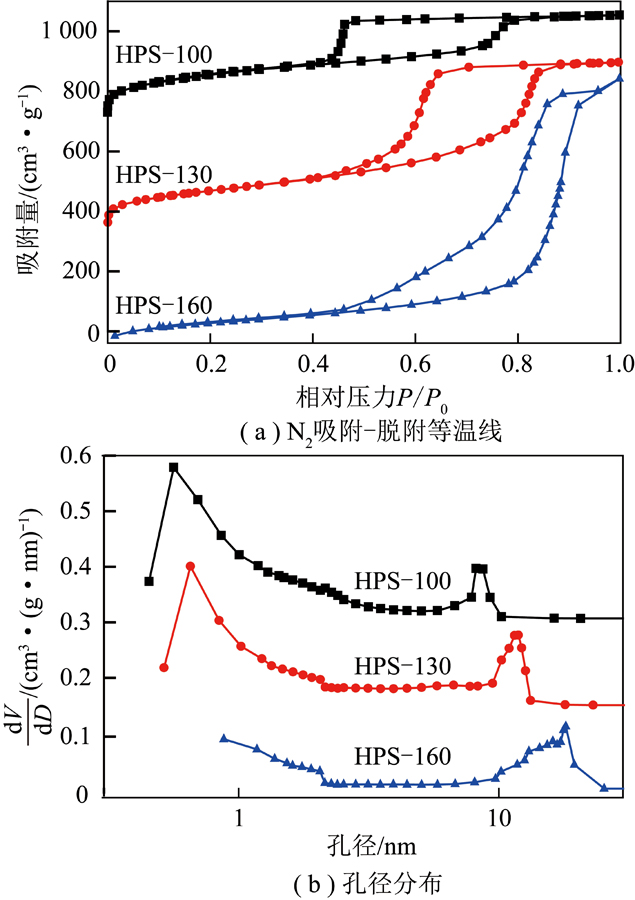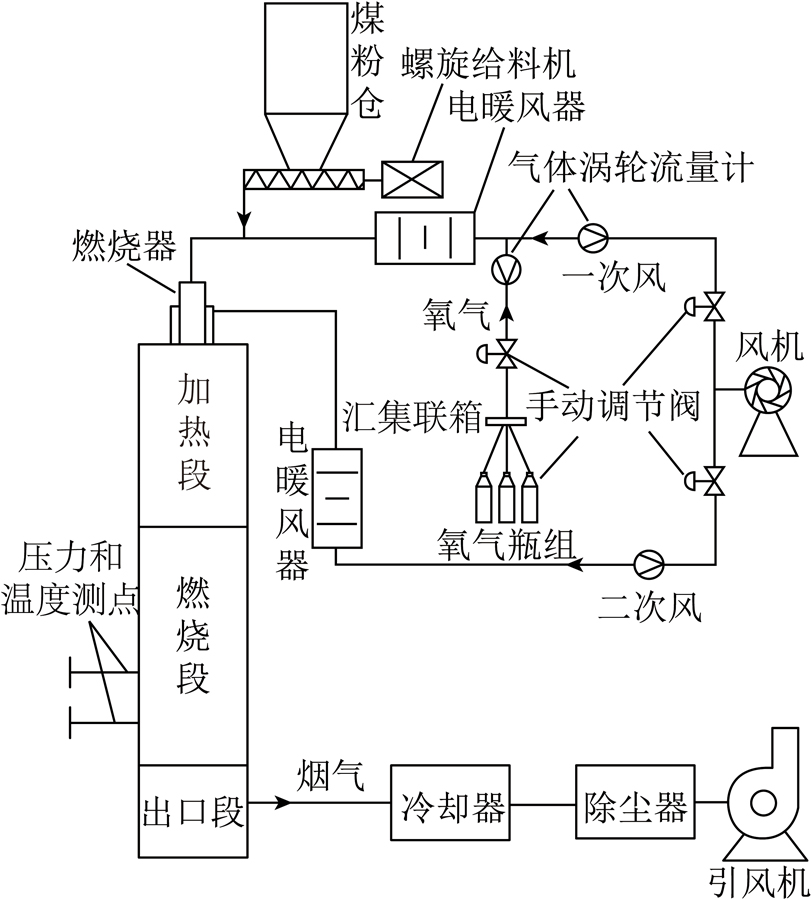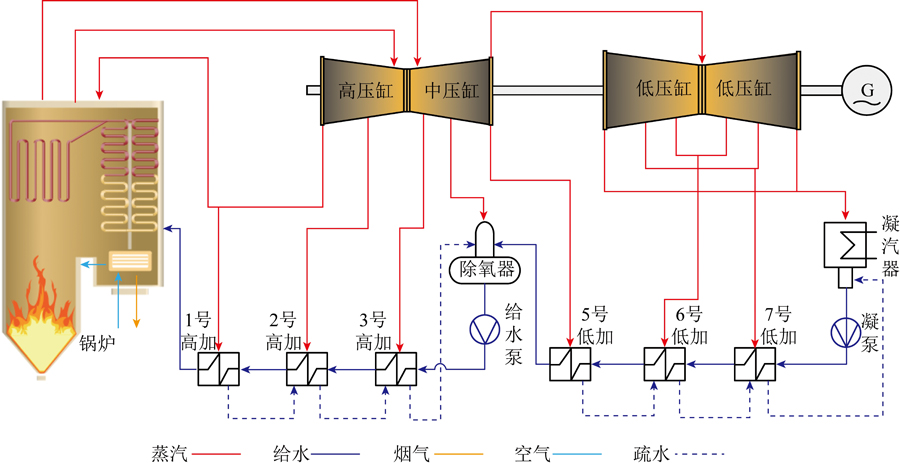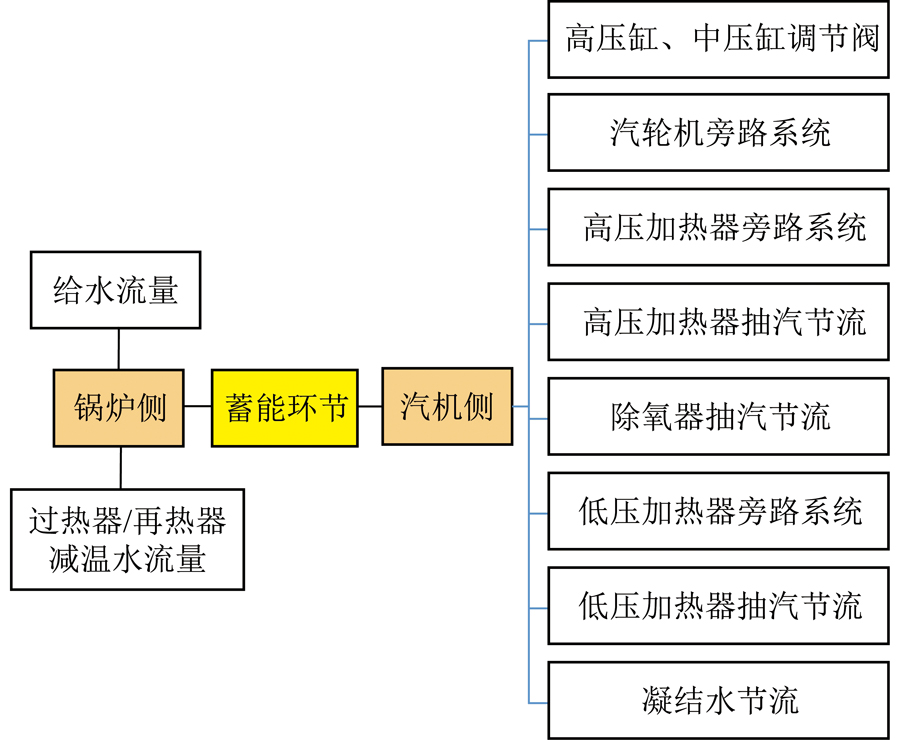煤矸石自燃的关键影响因素及治理方法研究现状
0 引 言
中国是煤炭生产和消费大国,据中国煤炭工业协会发布的《2022煤炭行业发展年度报告》,2022年煤炭产量高达45.6亿t,创历史新高,煤矸石资源综合利用率为73.2%。煤矸石是煤矿在开拓掘进、采煤和煤炭分选等生产过程中排出的含碳岩石,是煤矿生产过程中的废弃物,其产生量占煤炭生产总量的10%~15%[1],累计存量已超70亿t[2],现已明令禁止建设永久性煤矸石堆放场。《关于“十四五”大宗固体废弃物综合利用的指导意见》明确指出,提高大宗固废资源利用效率,创新大宗固废综合利用模式。在煤炭行业推广“煤矸石井下充填 地面回填”,促进矸石减量。临时堆放或未能资源化综合利用的煤矸石,会造成资源浪费,并引发一系列生态环境问题。自燃会产生飞灰、酸化等问题,释放大量有毒有害气体、PM2.5颗粒物、重金属离子等,污染周围空气、土壤和水体,是潜在的生态环境安全隐患[3-6]。更严重的是,矸石山自燃后内部堆积结构发生改变,会引发山体崩塌、滑坡、泥石流等次生地质灾害,危害人类的居住环境和生命健康[7-10]。
近年来,大量煤矸石自燃机理研究表明,影响煤矸石自燃的主要因素为可燃物、助燃物及温度[11-12]。需从源头认识自燃发生的机理,提升煤矸石自燃的治理技术。虽然众多学者研究了煤矸石自燃机理和治理方法,但存在较多争议。自燃的传统治理方法过于简单,现行治理手段的长效监测和治理机制水平有待提升,仍需结合自燃必要条件进行深入的系统研究。
笔者结合煤矸石自燃的主要关键影响因素和作用过程,综述了自燃的主要成因和现代治理方法,剖析了单一治理方式的局限性,指出了综合治理方法的精准、高效等优点,为后续的机理研究及自燃治理工程应用,提供理论支撑和指导作用。
1 煤矸石自燃机理
煤矸石自燃机理目前主要有黄铁矿理论、细菌作用理论、自由基理论、挥发分理论和煤氧复合理论等5种主流学说。
黄铁矿理论通过研究其氧化时发生的电极反应,揭示了形成亚铁离子和硫酸盐离子的过程机理[13]。细菌作用理论认为,细菌可大幅加速煤矸石中含硫矿物的氧化,促进自燃进程[14]。自由基理论表明自由基与氧气反应破坏了其中的化学键和官能团,导致旧自由基消灭并被强活性新自由基取代,自由基逐渐累积引发连锁反应,其浓度急剧上升后反应加速、能量积聚导致自燃[15]。只有关键的活性自由基被消除后环链反应才会终止[16]。挥发分理论揭示了煤矸石在燃烧过程中随温度改变,向大气排放芳香族、脂肪族以及含氧官能团等挥发性有机物质,使环境发生改变促进自燃[17]。煤氧复合机理论述了煤矸石周围充斥不均匀分布的氧气、水蒸气等,在低温下氧气被输送到煤矸石颗粒表面和孔隙中,并发生煤氧相互作用,发生氧化自热,并自动加速,当氧化产生的热量积聚,无法及时散发则导致煤矸石自燃[18]。
自燃演化机制是煤矸石所含的可燃物发生氧化反应并逐渐累积能量,最终达到燃点发生燃烧的过程。煤矸石由自热逐渐演化为自燃,完成从量变到质变的积累转化。煤矸石的氧化自燃过程受多种因素影响,是复杂的作用过程和多因素耦合的结果[19],如图1所示。自燃分为2个阶段。在初期的潜伏阶段,氧气在煤矸石内部的缝隙和孔道进行物理吸附和化学吸收,与所含可燃物质发生缓慢氧化并放热。在此过程中,少量氧化热被外部环境消散,但当数以百万吨计的煤矸石发生氧化,内部热量无法及时释放便会发生积聚[20],达到临界温度后反应过程加速。在自燃阶段,煤矸石达到燃点便开始燃烧,自燃不断扩大发展,挥发分产率随热解温度的升高而增加,挥发分、固定碳开始燃烧,旧自由基不断向新自由基转化,引起更广范围的燃烧。

图1 煤矸石自燃因素主要作用过程和机理
Fig.1 Main process and mechanism of spontaneous combustion of coal gangue
煤矸石自燃的演化过程中,与其自身理化特性和外界环境有关[21]。当煤矸石中的有机物质发生氧化反应,所释放能量大于向外界散失的能量,温度逐渐升高[22]。氧气含量不同也使燃烧特点发生改变[23]。温度升高后煤矸石中挥发性物质和多环芳烃释放行为也不相同[24]。煤矸石还具有高灰分、低热值、低挥发分等特点且难以实现稳定着火和完全燃尽[25-26]。研究与揭示煤矸石自燃的形成过程与演化机理,是采煤矿区煤矸石自燃预防和治理的理论基础。因此需全方面研究影响自燃的因素。
2 煤矸石自燃的关键影响因素
煤矸石主要是由SiO2、Al2O3构成,其次含少量Fe2O3、CaO等其他物质,见表1。由于地域差异和形成地质年代不同,煤矸石在成分上也有所差异[25]。煤矸石自燃离不开以下必要条件[36]:① 煤矸石中含有能够满足燃烧的可燃物质;② 煤矸石堆中的通风间隙和孔道能为燃烧提供所需氧气;③ 煤矸石在氧化过程中产生的热量不能及时散失到外界环境中,温度不断升高最终达燃点。图2展示了煤矸石氧化基本发展过程。从煤矸石自燃关键影响因素出发,阐述自燃的发展过程和变化机理。
表1 煤矸石的主要无机化学成分
Table 1 Chemical composition of coal gangue


图2 煤矸石氧化的基本过程
Fig.2 Basic process of coal gangue oxidation
2.1 煤矸石中可燃物质及矿物质的影响
煤矸石组成成分的性质是影响其自燃的重要因素之一。煤矸石中所含固定碳、挥发分等物质为自燃提供了先决条件[37]。硫铁矿和其他矿物质也会改变燃烧过程[38]。矿物的成分和内部微观样貌随温度的升高而发生改变,从而影响燃烧状态。
此外,煤矸石作为煤的伴生产物,自燃倾向性也受煤质影响。随变质程度增大,煤中芳香环含量增加,含氧官能团和杂质减少,煤的反应性和自燃倾向性降低[39]。
2.1.1 可燃物质的影响
煤矸石中的有机质,如挥发分、固定碳等为自燃提供必要的可燃物质。ZHANG等[40]发现煤矸石中含有较多的有机质,如含氧官能团、挥发分和硫化物等。GAO等[41]将煤矸石处理成不同粒径球形颗粒样品进行着火试验,发现单体煤矸石会释放有机质、挥发性物质,且能够被点燃。 等[42]在检测长期自热和风化的煤矸石山释放的气体中,发现大量有机化合物的挥发分,研究表明这些化合物并非直接来自有机物,而是在有机物热解过程中合成。挥发分产率随热解温度升高而增加[43],使燃点附近温度快速上升并引起更广范围的燃烧。
等[42]在检测长期自热和风化的煤矸石山释放的气体中,发现大量有机化合物的挥发分,研究表明这些化合物并非直接来自有机物,而是在有机物热解过程中合成。挥发分产率随热解温度升高而增加[43],使燃点附近温度快速上升并引起更广范围的燃烧。
GONG等[44]研究认为煤矸石在400~630 ℃发生挥发分和固定碳的燃烧引起质量损失。挥发分和固定碳的燃烧有先后顺序,SONG等[45]和ZHANG等[46]研究发现挥发分燃烧一般早于固定碳,挥发性物质在400~480 ℃燃烧,而固定碳在480~650 ℃燃烧。低温氧化阶段,烷基侧链、桥键、含氧官能团等氧化裂解生成CO和CO2等气体。而高温氧化阶段,有机质发生裂解生成烷烃类气体,并优化自燃的燃烧条件,产生协同效应并提高燃烧的综合效率[47]。煤矸石自燃后,总质量损失与挥发性物质和固定碳含量一致。此外,具有较高挥发率、良好燃尽性能的煤矸石更易着火。
2.1.2 矿物质的影响
黄铁矿是煤矸石中硫的主要存在形式,通过直接氧化或氧化亚铁硫杆菌催化氧化的方式发生反应[48]。煤矸石中的硫在含有氧气和水的环境中,低温条件下生成不稳定的硫煤化合物,使FeS2通过催化氧化反应促使电子发生转移[49],Fe2 加速向Fe3 转化并生成SO2及![]() 并释放能量[50]。反应过程中生成的低挥发性酸性物质为菌株提供了适宜的生长环境,滋生氧化亚铁硫杆菌[51]。微生物菌起催化作用,导致反应进入连续自氧化的高速循环阶段[52]。FeS2可提高氧化速率,PIETRZAK等[53]研究表明不同含量FeS2对自燃的影响也有区别,质量分数为2%时,促进自燃效果作用最明显。涉及的反应[54]主要有
并释放能量[50]。反应过程中生成的低挥发性酸性物质为菌株提供了适宜的生长环境,滋生氧化亚铁硫杆菌[51]。微生物菌起催化作用,导致反应进入连续自氧化的高速循环阶段[52]。FeS2可提高氧化速率,PIETRZAK等[53]研究表明不同含量FeS2对自燃的影响也有区别,质量分数为2%时,促进自燃效果作用最明显。涉及的反应[54]主要有

(1)

(2)
Fe2 O2 4H ![]() Fe3 2H2O。
Fe3 2H2O。
(3)
总反应式为 :

(4)
煤矸石所含其他无机矿物质也会影响自燃过程。随燃烧温度升高,矿物质在一定温度下发生分解[55]。ZHANG等[56]利用热分析法研究了11种煤矸石的燃烧行为和过程,发现失重阶段可燃物被氧化并发生燃烧,同时矿物质进行脱羟基反应,颗粒中高岭石、伊利石和方解石热分解时发生吸热反应从而抑制燃烧过程。XU 等[57]发现相较伊利石型煤矸石,高岭石型煤矸石的热解所需起始温度低,挥发分释放更强烈,热解性能更好。清晰、深入地研究物质成分和含量,有利于进行煤矸石处理和自燃治理。
2.2 氧气的影响
氧气含量影响煤矸石自燃程度。TANG等[58]研究指出煤矸石在贫氧条件下,氧化过程被抑制,但氧化反应仍持续并释放热量。自燃初期阶段的氧化反应和能量积累是一个缓慢的过程。煤氧复合理论认为煤矸石与氧气结合过程十分复杂,属于在贫氧、中低温的条件下缓慢的氧化过程[59]。矸石山体内部由于较低的氧气浓度限制,低氧浓度下的煤矸石处于阴燃状态,JIANG等[60]发现燃烧位置位于山体表层以下的非燃烧区和预热区之间。在富氧条件下的O2/CO2气氛中,温度升高会降低煤矸石的点火延迟时间和内部点火温度;但随O2浓度增加,挥发分的燃尽时间缩短[61]。挥发性火焰高大明亮,燃烧速率增加,燃点和燃尽点向较低温度转移,短时间内可实现完全燃烧[62]。氧气的物理吸附、化学吸附促使自燃发生,反应过程中始终伴随能量演化。
煤矸石堆积形成不同的孔隙会改变供氧条件,也影响矸石山自燃倾向。矸石山内部矸石堆积松散、无序,外界风凭借间隙、裂缝为山体内部提供充足的氧气,加强了与外界连通的传质、传热和流体流动行为[63]。氧气在煤矸石内部的缝隙和孔道进行物理吸附和化学吸收,发生煤氧复合反应并放热。煤矸石颗粒越小表面积越大,其自身多孔结构增加了氧气与可燃物质的接触面积和反应位点,为氧化反应提供更多空间[64]。由此可见,氧气浓度、供氧速度影响煤矸石氧化状态并控制后续燃烧过程。
2.3 温度的影响
温度是改变燃烧进程的关键因素。LI等[65]研究发现煤矸石的某些热物理性质在70 ℃发生改变,超过这个临界温度后,氧化反应加剧、升温速度加快、能量迅速积聚[66-67]。温度升高过程中,煤矸石物理脱附减弱、化学吸附增加,特定温度下产生气体浓度发生变化。
温度升高后促进热解行为。自燃过程中多种多环芳烃释放量先升高后降低[68]。热源作用下的煤矸石孔隙率随温度升高而增大,有机大分子和其他小分子受热时开始分解或分裂产生新的中间过渡产物,促进整个自燃过程向更深的方向蔓延[69]。LI等[70]选取自燃点附近和新鲜状态的2种矸石样品,通过TGA和DTG发现在310~760 ℃时快速燃烧,氧化反应速率增加并进入有机物分解阶段。温度不仅是煤矸石自燃过程中关键特征参数,还是氧化反应进行的尺度标准,影响煤矸石的失重率、气体产生率和官能团变化规律等。
3 煤矸石自燃治理方法现状
煤矸石的自燃治理过程实质上是控制其自燃主要因素的过程,可通过消除氧气或降温等措施来降低自燃风险,消除自燃引发的危害。移除火源、水力灭火等简单灭火方法具有易复燃性、局限性、不能根治等特点。如今煤矸石自燃治理已从单一手段治理发展为多手段、全方位的综合治理模式[71]。监测检测技术也从初级的打孔探测发展为使用热红外成像法、标志气体法等更为先进的监测检测技术,已形成多手段监测预警技术与自燃治理方法相结合的综合治理模式[72],灭火效率显著提高,经济损失显著降低,为煤矸石自燃治理的工程应用提供了新途径。
3.1 已有自燃煤矸石山治理方法
3.1.1 单一治理方法
早期自燃的煤矸石处理以灭火为主,几乎不考虑自燃的预防和长效治理。以去除火源、降温、隔氧为目的的矸石自燃治理,采用挖除火源、水力灭火、黄土覆盖、打孔注浆和注入惰性气等简单的治理方式[73-74]。矸石山治理后复燃率较高。
一般来说,挖除火源法是最直接、最有效的降温方法。一旦确定自燃区域后,将自燃的煤矸石挖出冷却,经处理后回填。这种方法的局限性大且操作困难,只适用于自燃初期阶段,自燃面积大和温度高的区域不适合使用这种方法[75]。
多数煤矿也会使用水力灭火法处理煤矸石山自燃,但这种方法无法控制水流流向,自热和燃烧部位无法得到有效降温和灭火,注水时还易发生水煤气爆炸,自燃后山体内部的空隙变大使供氧充分,灭火后更易复燃。
煤矸石山表面覆盖黏土或黄土,通过压实隔绝空气进入,山体内部空气耗尽后,燃烧的煤矸石就会因缺氧而熄灭[76]。一旦覆土出现裂缝后无法起到密封作用。覆土法的特点是成本低、操作简单[77]。
打孔注浆灭火法也是常用方法之一。利用浆体的流动特性充填矸石山空隙并形成包裹层隔绝氧气,使煤矸石不具备燃烧条件,实现阻燃和灭火的效果[78]。
此外,还可注入泡沫灭火剂[79],隔绝氧气、降低温度达到快速灭火目的。注入惰性气体法是将惰性气体注入自燃区域,液氮气化或干冰升华后体积急剧膨胀,高温气体被快速降温、置换,使着火区域隔绝空气而窒息[80]。此方法降温持久、效果明显且作用范围大,但原料成本高、需求量大和供应易受限。
整体来说以上方法比较单一,控制操作过程比较简单,但局限性较强、复燃可能性大、效果不佳,不能形成长效防治机制。
3.1.2 综合治理方法
煤矸石自燃的简单治理方法基于现代技术的发展,对已有煤矸石的治理监测,充分利用热红外、无人机等科学监测技术,协同抑制剂、杀菌剂、凝胶材料等,结合覆土、分层压实、注浆等隔氧阻燃手段形成了综合治理的方法。
对已有矸石山自燃以监测温度为主,以检测逸出气体种类、标识气体等方法为辅。温度传感器、红外热成像、卫星遥感等方法都能准确、高效地获得煤矸石堆表面温度及变化情况。
红外热成像技术通过图像能够呈现煤矿排矸场表面温度的分布情况[81],结合近景摄影测量技术能够构建地表温度分布的三维可视化模型,监测和定位煤矸石热异常所潜在的风险区域,非接触性、定位精确和经济适用性强是该方法的显著特征[82]。大面积的排矸场,可通过连续气体热监测和定期热成像研究,进行火灾风险控制,利用浸入式温度计和气体浓度传感器收集矸石山内部数据,进行自热自燃的发展趋势预测[83]。随3D可视化技术、5G技术协同卫星遥感、无人机监测技术的快速发展,已创造性地应用于煤矸石堆地表及裂缝处温度数据的监测、收集和传输[84]。WANG等[85]采用氡浓度参数结合井温检测技术确定高温区,将氡浓度和温度测量值作为主要参数,并运用克里格数据插值法处理,得到温度和氡浓度的空间分布图,运用综合手段分析煤矸石山的火情区域、趋势走向和燃烧的风险程度。
图3为白吉沟矿区煤矸石山热红外图像,红色为高温区域[86]。此外无人机协同氡浓度等技术的使用已成为监测手段之一,获取自热自燃区域的相关数据,并利用监测分析技术,进行风险评估分析。对现场气体毒性、爆炸风险和火灾趋势进行准确预警、监测和评价,建立了矸石自燃危险性的毒性-危险性-火灾趋势评价体系。

图3 白吉沟矿区煤矸石自燃热红外图像[86]
Fig.3 Infrared imaging of gangue spontaneous combustion area in Baijigou coal mine[86]
3.2 新建煤矸石回填场自燃防治研究进展
煤矸石可替代砂、土等作为主体材料,回填露天矿坑、采煤塌陷区、天然坑洼区等区域,再表面覆土进行生态修复。在回填过程中采用矸土混排、分层碾压覆土方法,或注入低强度浆体材料,形成煤矸石自燃预防和长效治理体系。
利用煤矸石、粉煤灰等固体废弃物对矿区塌陷进行修复,将待处理区域进行剥离表土,充填后再表土回填并机械压实。煤矸石进行处理后分层堆放,层与层之间和表面用黄土隔离并压实,通过外加剂调控回填材料性能,将配有外加剂的材料对治理区域注浆,如图4所示。

图4 打孔注浆施工
Fig.4 Perforated grouting construction drawings
在整治过程中使用夯实围山、台阶式整地、回填复垦等方式,覆盖黄土或泥土并注入浆体以减少通风来防止自燃[87],如图5所示。这种方法提升了灭火实际效果,降低了工艺操作成本,还有效防止燃烧区域再次复燃,便于生态复垦的实施和应用。

图5 黄土覆盖、台阶式整地
Fig.5 Loess cover and stepped land preparation
高分子纳米复合材料因其密度低、热稳定性高、气体阻隔性能好等特点被广泛研究和应用。HUANG等[88]采用溶液插层聚合法制备的聚丙烯酰胺-蒙脱土聚合物纳米复合缓蚀剂,有效抑制煤矸石表面活性基团的氧化活性,提高煤矸石的热稳定性,克服抑制剂寿命短的缺点。表面抑制剂、表面缓蚀剂等喷洒在煤矸石外部抑制氧化自燃[89]。高吸水性的膨润土-丙烯酰胺水凝胶可有效削弱煤矸石中各种含氧官能团(如Si—O和O—H)的活性,高含水量可带走反应热,具有冷却和燃烧控制效果[90]。复合粉煤灰凝胶以水、粉煤灰、复合凝胶添加剂和悬浮剂为原料,结合注浆、封堵等方法抑制煤矸石放热和燃烧,进行自燃预防和治理。同时可将凝胶灭火和泡沫灭火技术相结合[91],将泡沫作为凝胶载体,这样从隔氧降温的灭火角度,既降低了成本又充分发挥2种灭火技术的优点。
微生物媒介作用下的黄铁矿氧化,是导致酸化和自燃的关键过程。硫杆菌类细菌在碱性环境里生长困难,抑制煤矸石自燃,可使用杀菌剂杀死氧化亚铁硫杆菌并抑制氧化反应[92]。将含有碱性物质的注浆材料,通过打孔注浆技术将浆体注入自燃煤矸石山内部,渗透和扩散后与燃烧释放的SO2、CO2等酸性气体反应生成硫酸钙、碳酸钙等[93]。不但可填充矸石山内部空隙,还可附着在煤矸石周围形成牢固的包裹层,密封隔绝外界氧气达到防止煤矸石自燃的目的。
凭借现代技术手段,运用灭活、抑菌绿色环保外加剂材料,辅以物理、化学方法,通过隔氧、降温等手段源头治理、协同处置。逐步建立已有煤矸石山、煤矸石回填及煤矸石生态复垦区域自燃风险的长效治理体系(图6)。

图6 煤矸石自燃治理技术
Fig.6 Coal gangue spontaneous combustion control technology
4 结 论
目前,国内外学者从煤矸石自燃机理、综合治理和自燃防治等方面进行了深入研究,取得了丰富成果。随着国家“双碳”政策和环保政策的出台,政府整治生态环境的决心更加坚定,大宗固体废弃物的处理处置问题越来越受到重视。因此,防治、监测技术精准化和材料绿色化成为煤矸石自燃防治及回填应用的必然要求。依据煤矸石自燃的关键成因和治理技术进行了归纳总结,得出以下结论:
1)煤矸石的自燃因素存在相互关联,可燃物、氧气和温度等关键因素决定了自燃过程和发生机理。通过提升设备识别精度,降低矸石中残存煤量减少可燃物,也可控制氧气含量遏制自燃进程,采用改性注浆材料降低矸石山空隙,控制含氧量及抑制升温,从根本上解决自燃。
2)在监测防治方面,借助可视化监测装备并与多种灭火技术相结合,精细化监控温度、指标气体等变化情况,分级预警准确辨识火源。防治方法由单一向多种方法综合治理转变。
3)在绿色材料防治方面,积极改进治理技术,从剔除可燃质、隔氧和控温角度,研发低成本、环境友好型矿用防灭火注浆材料或回填材料。建立健全防治体系和治理效果评价机制,进一步提升自燃预防和生态治理的目标。
4)资源化利用是处置煤矸石的最佳方式。无害化处置的煤矸石用于采煤沉陷区、塌陷坑等土地整治、地面回填或生态修复,既能解决煤炭开采带来的地质问题,又能实现煤矸石大规模消纳及高值化利用。
[1] LIANG Y, LIANG H, ZHU S. Mercury emission from spontaneously ignited coal gangue hill in Wuda Coalfield, Inner Mongolia, China[J]. Fuel, 2016, 182(15):525-530.
[2] ZHAO Y, YANG C, LI K, et al. Toward understanding the activation and hydration mechanisms of composite activated coal gangue geopolymer[J]. Construction and Building Materials, 2022, 318: 125999.
[3] GUO W,CHEN B,LI G, et al.Ambient PM 2.5 and related health impacts of spontaneous combustion of coal and coal gangue[J]. Environmental Science and Technology, 2021,55 (9):5763-5771.
[4] GUO X, FU S, DI J, et al. Study on the treatment of acid mine drainage containing Fe2 and Mn2 using modified spontaneous combustion gangue[J]. Journal of Renewable Materials, 2021, 9(3):541-555.
[5] DU T, WANG D, BAI Y, et al.Optimizing the formulation of coal gangue planting substrate using wastes: The sustainability of coal mine ecological restoration[J]. Ecological Engineering, 2020,143: 105669.
[6] LI C, ZHENG L, JIANG C, et al.Characteristics of leaching of heavy metals from low-sulfur coal gangue under different conditions[J]. International Journal of Coal Science &Technology, 2021(4):780-789.
[7] ZHANG K, LI H, CAO Z, et al.Human health risk assessment and risk source analysis of arsenic in soil from a coal chemical plant in Northwest China[J]. Journal of Soils and Sediments, 2019, 19: 2785-2794.
[8] FAN G, ZHANG D, WANG X.Reduction and utilization of coal mine waste rock in China: A case study in Tiefa coalfield[J]. Resources Conservation and Recycling, 2014, 83:24-33.
[9] LIU C, ZHANG R, WANG Z, et al.Research on the fire extinguishing performance of new gel foam for preventing and controlling the spontaneous combustion of coal gangue[J]. Environmental Science and Pollution Research, 2023,30(38): 88548-88562.
[10] WANG S, LUO K, WANG X, et al. Estimate of sulfur, arsenic,mercury, fluorine emissions due to spontaneous combustion of coal gangue: An important part of Chinese emission inventories[J]. Environmental Pollution, 2016, 209:107-113.
[11] ONIFADE M. Countermeasures against coal spontaneous combustion: A review[J]. International Journal of Coal Preparation and Utilization, 2021(7):1-23.
[12] ZHANG Y, ZHANG Y, SHI X, et al. Investigation of thermal behavior and hazards quantification in spontaneous combustion fires of coal and coal gangue[J]. Science of The total Environment, 2022, 843: 157072.
[13] RIMSTIDT J D, VAUGHAN D J. Pyrite oxidation: A state-of-the-art assessment of the reaction mechanism[J]. Geochimica et Cosmochimica Acta, 2003, 67(5):873-880.
[14] HU Z, ZHU Q,XU J, et al.Development of composite bacter-icides for controlling acidification pollution in coal gangue piles and their mechanisms of bacterial inhibition[J]. Science Direct, 2022, 25:102094.
[15] JIANG X, YANG S, ZHOU B, et al. The variations of free radical and index gas CO in spontaneous combustion of coal gangue under different oxygen concentrations[J]. Fire and Materials, 2022, 46(3): 549-559.
[16] CHEN L, QI X, TANG J, et al. Reaction pathways and cyclic chain model of free radicals during coal spontaneous combustion[J]. Fuel, 2021, 293(3):120436.
[17] SONI BA RE O O, HAEGER T, FOLEY S F. Structural characterization of Nigerian coals by X-ray diffraction, Raman and FTIR spectroscopy[J]. Energy, 2010, 35(12):5347-5353.
[18] ZHANG J, REN T, LIANG Y, et al.A review on numerical solutions to self-heating of coal stockpile: Mechanism, theoretical basis, and variable study[J]. Fuel, 2016, 182(15):80-109.
[19] SONG C, LIU K, GONG Z, et al. Thermogravimetric analysis of combustion characteristics of coal gangue and petroleum coke mixture[J]. Journal of Physics Conference Series, 2019, 1324:12077.
[20] JIA Z Z, FENG T. Analysis on explosion characteristics of coal gangue hills[J]. Advanced Materials Research, 2014, 955/959:924-927.
[21] DENG S, TAN H, WEI B, et al.Investigation on combustion performance and ash fusion characteristics of Zhundong coal co-combustion with coal gangue[J]. Fuel, 2021, 294(1/2):120555.
[22] GAO S, WANG B, YANG F, et al. Effect of O2 concentration on combustion behavior and kinetics of coal gangue during oxy-fuel combustion and oxy-steam combustion[J]. Asia:Pacific Journal of Chemical Engineering, 2021(6):16.
[23] ZHANG Y, ZHANG Z, ZHU M, et al.Decomposition of key minerals in coal gangues during combustion in O2/N2 and O2/CO2 atmospheres[J]. Applied Thermal Engineering, 2018, 148:977-983.
[24] WEN X, ZHAO J, ZENG F.Distribution of polycyclic aromatic hydrocarbons (PAHs)in coal gangue and emitted gas with low-temperature spontaneous combustion in situ[J]. Energy and Fuels, 2018, 33:176-184.
[25] LI B, LIU G, SUN W, et al. Experimental and theoretical study on kinetic behaviour of coal gangue and raw coal using model reconstruction[J]. Journal of Thermal Analysis and Calorimetry, 2021, 144(2):463-477.
[26] REN J, XIE C, GUO X, et al.Combustion characteristics of coal gangue under an atmosphere of coal mine methane[J]. Energy and Fuels, 2014, 28(6):3688-3695.
[27] ZHANG T, YANG H, ZHANG H, et al.Aluminum extraction from activated coal gangue with carbide slag[J]. Journal of Analytical and Applied Pyrolysis, 2022, 163:105504.
[28] JIAO Y, QIAO J, JIA R, et al. The influence of carbon imperfections on the physicochemical characteristics of coal gangue aggregates[J]. Construction and Building Materials, 2023, 409:133965.
[29] ZHANG N, LI H, LIU X. Hydration kinetics of cementitious materials composed of red mud and coal gangue[J]. International Journal of Minerals Metallurgy and Materials,2016,23(10):1215-1224.
[30] GUAN X, QIU J, SONG H, et al. Stress-strain behaviour and acoustic emission characteristic of gangue concrete under axial compression in frost environment[J]. Construction and Building Materials, 2019, 220:476-488.
[31] ZHANG K, ZHENG X, LI H, et al.Human health risk asses-sment and early warning of heavy metal pollution in soil of a coal chemical plant in Northwest China[J]. Soil and Sediment Contamination: An International Journal, 2020, 29(5): 481-502.
[32] BEATA Jab ońska, KITYK A V, BUSCH M, et al. The struc-tural and surface properties of natural and modified coal gangue[J]. Journal of Environmental Management, 2017, 190: 80-90.
ońska, KITYK A V, BUSCH M, et al. The struc-tural and surface properties of natural and modified coal gangue[J]. Journal of Environmental Management, 2017, 190: 80-90.
[33] FRASSON B J, PINTO R C A, ROCHA J C. Influence of different sources of coal gangue used as aluminosilicate powder on the mechanical properties and microstructure of alkali-activated cement[J]. Materiales de Construction, 2019, 69(336): e199.
[34] ASHFAQ M, HEERA Lal M, MOGAHAL A A B. Static and dynamic leaching studies on coal gangue[C]//Sustainable Environm-ental Geotechnics: Proceedings of EGRWSE 2019. Heideberg: Springer International Publishing, 2020.
[35] 孙艳芳, 赵丽, 罗绍河,等. 不同地质年代煤矸石中有机质的溶出特征对比[J]. 煤田地质与勘探, 2019, 47(3):172-178.
SUN Yanfang, ZHAO Li, LUO Saohe, et al. Comparison of dissolution characteristics of organic matter in coal gangue of different geological ages [J]. Coalfield Geology and Exploration, 2019, 47 (3): 172-178.
[36] KONG B, LI Z, YANG Y, et al.A review on the mechanism, risk evaluation, and prevention of coal spontaneous combustion in China[J]. Environmental Science and Pollution Research, 2017, 24(1):1-18.
[37] FINKELMAN R B. Potential health impacts of burning coal beds and waste banks[J]. International Journal of Coal Geology, 2004, 59(1):19-24.
[38] ZHOU C, LIU G, WU S, et al. The environmental characteristics of usage of coal gangue in bricking-making: A case study at Huainan, China[J]. Chemosphere, 2014, 95:274-280.
[39] 金永飞,李清政,刘荫.煤自燃特征参数与自由基变化特性研究[J].煤炭技术,2022,41(7):4.
JIN Yongfei, LI Qingzheng, LIU Yin. Study on characteristic parameters of coal spontaneous combustion and variation characteristics of free radicals[J]. Coal Technology, 2022,41(7):4.
[40] ZHANG Y, ZHANG Y, SHI X, et al. Co-spontaneous combustion of coal and gangue: Thermal behavior, kinetic characteristics and interaction mechanism[J]. Fuel: A Journal of Fuel Science, 2022,315:123275.
[41] GAO S, ZHANG Z, ZHU M, et al. An experimental study of the ignition and combustion characteristics of single coal gangue particles under oxy-fuel conditions[J]. Fuel, 2021, 306(21):121741.
[42] FABIANSKAM J, CIESIELCZUK J, KRUSZEWSKI,et al. Gaseous compounds and efflorescences generated in self-heating coal-waste dumps :A case study from the upper and lower silesian coal basins (poland)[J]. International Journal of Coal Geology, 2013, 116:247-261.
[43] MISZ KENNAN M, FABIANSKA M J. Application of organic petrology and geochemistry to coal waste studies[J]. International Journal of Coal Geology, 2011, 88(1):1-23.
[44] GONG Z, SONG C, LI Y, et al. Combustion characteristics of
coal gangue and biomass under an O2/CO2 atmosphere[J]. Thermal Science, 2020, 24:661.
[45] SONG L, LIU S, LI W. Quantitative Inversion of fixed carbon content in coal gangue by thermal infrared spectral data[J]. Energies, 2019, 12(9):1659.
[46] ZHANG Y, XU L, SEETHARAMAN S, et al.Effects of chemis-try and mineral on structural evolution and chemical reactivity of coal gangue during calcination: Towards efficient utilization[J]. Materials and Structures, 2015, 48(9):2779-2793.
[47] BI H, WANG C, LIN Q, et al.Combustion behavior, kinetics, gas emission characteristics and artificial neural network modeling of coal gangue and biomass via TG-FTIR[J]. Energy, 2020, 213:118790.
[48] DENG J, LI B, XIAO Y, et al. Combustion properties of coal gangue using thermogravimetry:Fourier transform infrared spectroscopy[J]. Applied Thermal Engineering, 2017, 116:244-252.
[49] HU Z, ZHU Q, XU J, et al.Effect of bactericides on control of acidification pollution and spontaneous combustion of coal gangue dumps in China and its mechanism[J]. Sustainability, 2020, 25:102094
[50] CHEN D, FENG Q, LI W, et al. Effects of acid drainage from abandoned coal mines on the microbial community of Shandi River sediment, Shanxi Province[J]. International Journal of Coal Science &Technology, 2021, 8(4):11.
[51] RAN Z, PAN Y, LIU W. Co-disposal of coal gangue and red mud for prevention of acid mine drainage generation from self-heating gangue dumps[J]. Minerals, 2020, 10(12):1081.
[52] ZHANG Y, GE X, NAKANO J, et al. Pyrite transformation and sulfur dioxide release during calcination of coal gangue[J]. Rsc Advances, 2014, 4:42506-42513.
[53] PIETRZAK R, GRZYBEK T, WACHOWSKA H.XPS study of pyrite-free coals subjected to different oxidizing agents[J]. Fuel, 2007, 86(16):2616-2624.
[54] SILVA L F O, QUEROL X, BOIT K M D, et al. Brazilian coal mining residues and sulphide oxidation by Fenton′s reaction: An accelerated weathering procedure to evaluate possible environmental impact[J]. Journal of Hazardous Materials, 2011, 186(1):516-525.
[55] ZHOU C, LIU G, YAN Z, et al.Transformation behavior of mineral composition and trace elements during coal gangue combustion[J]. Fuel, 2012, 97:644-650.
[56] ZHANG Y, GUO Y, CHENG F, et al. Investigation of combustion characteristics and kinetics of coal gangue with different feedstock properties by thermogravimetric analysis[J]. Thermochimica Acta, 2015, 614(8):137-148.
[57] XU B, LIU Q, AI B, et al.Thermal decomposition of selected coal gangue[J]. Journal of Thermal Analysis and Calorimetry, 2018, 131(2):1-10.
[58] TANG Y, WANG H. Laboratorial Investigation and simulation test for spontaneous combustion characteristics of the coal waste under lean-oxygen atmosphere[J]. Combustion Science and Technology, 2020, 192(1):46-61.
[59] WANG H, CHEN C, CHEN C. Characteristics of polycyclic aromatic hydrocarbon release during spontaneous combustion of coal and gangue in the same coal seam[J]. Journal of Loss Prevention in the Process Industries, 2018, 55:392-399.
[60] JIANG X, YANG S, Zhou B, et al. Study on spontaneous combustion characteristics of waste coal gangue hill[J]. Combustion Science and Technology, 2021,7:1-15.
[61] WANG X, LIN Q, WANG C, et al.The ignition characteristics and combustion processes of coal gangue under different hot coflow conditions in O2 /CO2 atmosphere: In pellet form[J]. Combustion Science and Technology, 2019,29:1-16.
[62] MENG F, YU J, TAHMASEBI A, et al. Pyrolysis and combu-stion behavior of coal gangue in O2/CO2 and O2/N2 mixtures using TGA and drop tube furnace[J]. Energy &Fuels, 2013, 27:2923-2932.
[63] TARABA B, MICHALEC Z, MICHALCOVA V, et al. CFD simulations of the effect of wind on the spontaneous heating of coal stockpiles[J]. Fuel, 2014, 118:107-112.
[64] WANG H, FANG X, DU F, et al.Three-dimensional distribu-tion and oxidation degree analysis of coal gangue dump fire area: A case study[J]. Science of the Total Environment, 2021, 772(3):145606.
[65] LI B, WANG J H, BI M S, et al.Experimental study of thermophysical properties of coal gangue at initial stage of spontaneous combustion[J]. Journal of Hazardous Materials, 2020:123251.
[66] XIAO Y, LU H, HUANG A C, et al. A new numerical method to predict the growth temperature of spontaneous combustion of 1/3 coking coal[J]. Applied Thermal Engineering, 2017, 131:221-229.
[67] ARISOY A, BEAMISH B. Reaction kinetics of coal oxidation at low temperatures[J]. Fuel, 2015, 159:412-417.
[68] 邓军,李贝,肖旸,等.基于热重-傅里叶红外光谱联用的煤矸石自燃特性及微观表征[J].西安科技大学学报,2017,37(1):1-6.
DENG Jun, LI Bei, XIAO Ying, et al.Spontaneous combustion characteristics and micro characterization of coal gangue based on thermocravimetry-fourier tromsform infrared spectrometer[J]. Journal of Xi′an University of Science and Technology,2017,37(1):1-6.
[69] LI A, CHEN C, CHEN J, et al. Experimental investigation of temperature distribution and spontaneous combustion tendency of coal gangue stockpiles in storage[J]. Environmental Science and Pollution Research, 2021,10:1-12.
[70] LI B, LIU G, GAO W, et al.Study of combustion behaviour and kinetics modelling of Chinese Gongwusu coal gangue: Model-fitting and model-free approaches[J]. Fuel, 2020, 268(4):117284.
[71] GAO Y, XIAO W, YU Y, et al. Comprehensive treatment of coal waste piles with spontaneous combustion[J]. Applied Mechanics and Materials, 2014, 533:384-389.
[72] ONIFADE M, GENC B. A review of research on spontaneous combustion of coal[J]. International Journal of Mining Science and Technology, 2020, 30(3):9.
[73] 位蓓蕾,胡振琪,王晓军,等.煤矸石山的自燃规律与综合治理工程措施研究[J].矿业安全与环保,2016,43(1):92-95.
WEI Beilei, HU Zhenqi, WANG Xiaojun, et al.Study on spontaneous combustion rule of gangue dump and its comprehensive control measures[J]. Mining Safety &Environmental Protection, 2016,43(1):92-95.
[74] 张伟,邬剑明,王俊峰.煤矸石山自燃治理与灭火工艺[J].中国煤炭,2012,38(12):97-99.
ZHANG Wei, WU Jianming, WANG Junfeng, et al.Study on extinguishing technique of spontaneous combustion of coal gangue dump[J]. China Coal,2012,38(12):97-99.
[75] 巩潇, 刘飞, 赵方莹. 煤矸石山自燃机理及灭火技术研究[J].洁净煤技术, 2012,18(5):83-87.
GONG Xiao, LIU Fei, ZHAO Fangying. Spontaneous combustion mechanism of gangue dump and fire extinguishing techniques[J]. Clean Coal Technology, 2012,18(5):83-87.
[76] LIU H, LIU Z. Recycling utilization patterns of coal mining waste in China[J]. Resources Conservation and Recycling, 2010, 54(12):1331-1340.
[77] 张春林,王化耀,袁建江,等.煤矸石场自燃治理注浆技术研究与工程实践[J].中国煤炭地质,2021,33(2):73-77.
ZHANG Chunlin, WANG Huayao, YUAN Jianjiang, et al. Coal gangue dump spontaneous combustion governance grouting technological study and engineering practices[J]. Coal Geology of China,2021,33(2):73-77.
[78] TIAN Z , LI X . Research on technology for preventing spontaneous combustion of coal[J]. Advanced Materials Research, 2012, 524/527:677-680.
[79] LU Y, LIU Y, SHI S A, et al. Micro-particles stabilized aque-ous foam for coal spontaneous combustion control and its flow characteristics[J]. Process Safety and Environmental Protection, 2020, 139:262-272.
[80] SONG Z, KUENZER C,ZHU H, et al.Analysis of coal fire dynamics in the Wuda syncline impacted by fire-fighting activities based on in-situ observations and Landsat-8 remote sensing data[J]. International Journal of Coal Geology, 2015,141/142:91-102.
[81] JENDRUS R. Environmental protection in industrial areas and applying thermal analysis to coal dumps[J]. Polish Journal of Environmental Studies, 2017, 26(1):137-146.
[82] HU Z, XIA Q. An integrated methodology for monitoring spontaneous combustion of coal waste dumps based on surface temperature detection[J]. Applied Thermal Engineering, 2017, 122: 27-38.
[83] WASILEWSKI S. Monitoring the thermal and gaseous activity of coal waste dumps[J]. Environmental Earth Sciences,2020,79:474.
[84] 肖武,任河,赵艳玲,等.无人机遥感支持下的煤矸石山自燃监测与预警[J].煤炭科学技术,2023,51(2):412-421.
XIAO Wu, REN He, ZHAO Yanling, et al. Monitoring and early warning the spontaneous combustion of coal waste dumps supported by unmanned aerial vehicle remote sensing[J]. Coal Science and Technology,2023,51(2):412-421.
[85] WANG H , TAN B , ZHANG X .Research on the technology of detection and risk assessment of fire areas in gangue hills[J]. Environmental Science and Pollution Research, 2022,29(21): 32298.
[86] ZHAI X, WU S, WANG K, et al.Environment influences and extinguish technology of spontaneous combustion of coal gangue heap of Baijigou coal mine in China[J]. Energy Procedia, 2017, 136: 66-72.
[87] WU Y, YU X, HU S, et al. Experimental study of the effects of stacking modes on the spontaneous combustion of coal gangue[J]. Process Safety and Environmental Protection, 2019,123:39-47.
[88] HUANG Z, LE T, GAO Y, et al.A novel high polymer nanocomposite inhibitor for coal gangue spontaneous combustion prevention: A case study of Yangquan coal gangue in China[J]. Fire and Materials, 2020,44(7):953-965.
[89] HUANG Z, LE T, ZHANG Y, et al.Development and performance study of a novel physicochemical composite inhibitor for the prevention of coal gangue spontaneous combustion[J]. Fire and Materials, 2020,44(1): 76-89.
[90] TANG Y, WANG H. Development of a novel bentonite-acrylam-ide superabsorbent hydrogel for extinguishing gangue fire hazard[J]. Powder Technology,2018,323: 486-494.
[91] ZHANG X, PAN Y. Preparation, Properties and application of gel materials for coal gangue control[J]. Energies, 2022, 15(2): 557.
[92] ZHU Q, HU Z, RUAN M.Characteristics of sulfate-reducing bacteria and organic bactericides and their potential to mitigate pollution caused by coal gangue acidification[J]. Environmental Technology &Innovation, 2020, 20(11):101142.
[93] TAN B, ZHANG F,ZHANG Q, et al.Fire fighting of subsurface coal fires with comprehensive techniques for detection and control: A case study of the Fukang coal fire in the Xinjiang region of China[J]. Environmental Science and Pollution Research, 2019, 26(29):29570-29584.
Research progress on the key influencing factors of spontaneous combustion of coal gangue and control methods
WANG Qibao,AO Lixin,ZHANG Kai,et al.Research progress on the key influencing factors of spontaneous combustion of coal gangue and control methods[J].Clean Coal Technology,2024,30(1):228-238.

移动阅读


